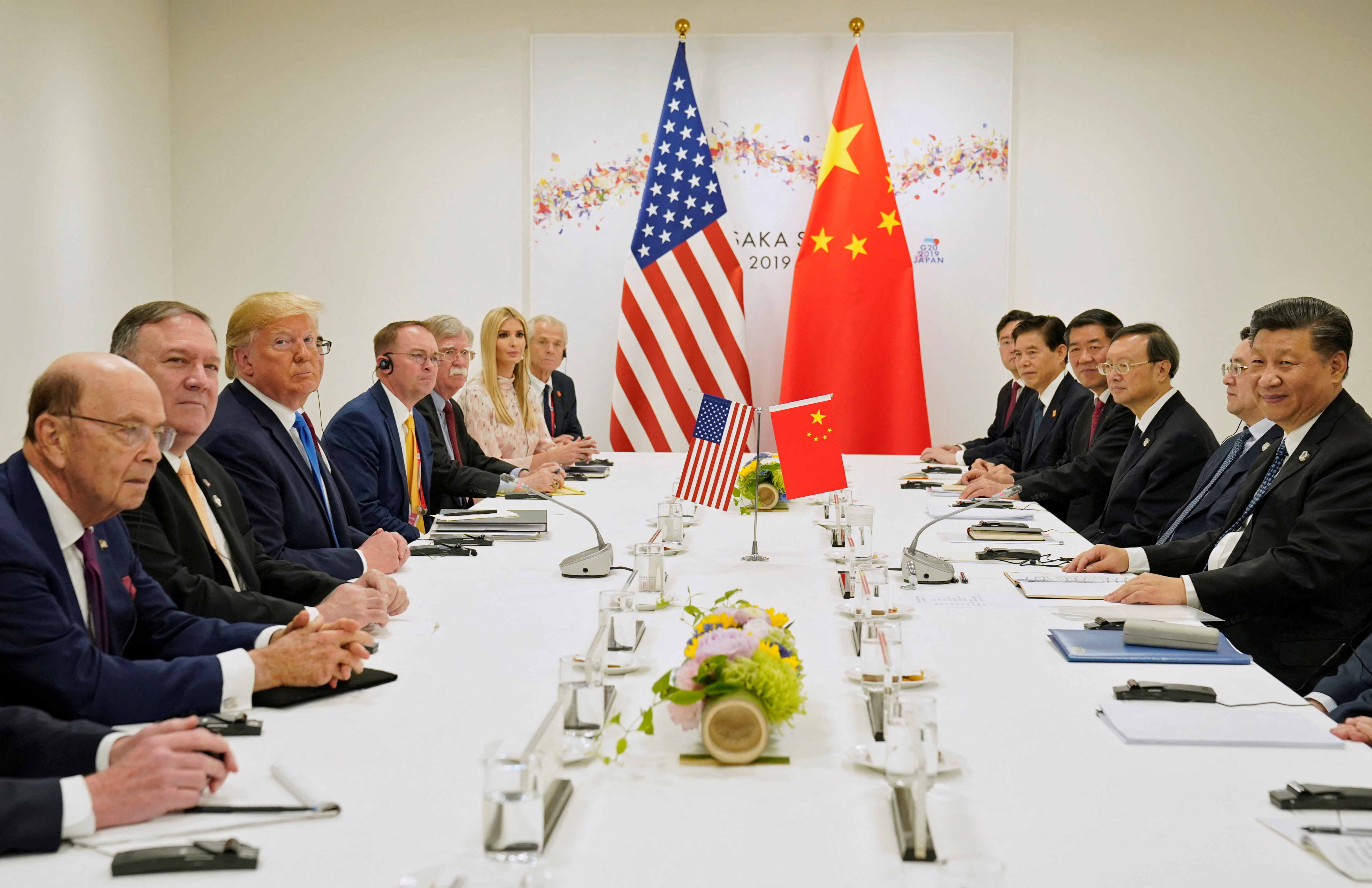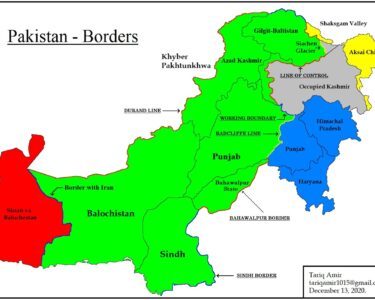WASHINGTON/BEIJING, Aug 12 (AfrikTimes) – The United States and China on Monday extended their tariff truce for another 90 days, averting triple-digit duties on each other’s goods as U.S. retailers prepare to build inventories ahead of the critical end-of-year holiday season.
U.S. President Donald Trump announced on his Truth Social platform that he had signed an executive order suspending higher tariffs until 12:01 a.m. EST (0501 GMT) on November 10, with all other provisions of the agreement to remain in effect. China’s Commerce Ministry issued a parallel statement early Tuesday, also postponing for 90 days the addition of U.S. firms to trade and investment restriction lists announced in April.
“The United States continues to have discussions with the PRC to address the lack of trade reciprocity in our economic relationship and our resulting national and economic security concerns,” Trump’s order stated, using the acronym for the People’s Republic of China. “Through these discussions, the PRC continues to take significant steps toward remedying non-reciprocal trade arrangements and addressing the concerns of the United States relating to economic and national security matters.”
 Imports from China early in 2025 had surged to beat President Donald Trump’s tariffs, but dropped steeply in June, US Commerce Department data showed last week.
Imports from China early in 2025 had surged to beat President Donald Trump’s tariffs, but dropped steeply in June, US Commerce Department data showed last week.
The truce between Washington and Beijing had been due to expire Tuesday at 12:01 a.m. EDT (0401 GMT). The extension until early November gives crucial breathing room ahead of the seasonal autumn surge of imports for the Christmas period, including electronics, apparel, and toys, at lower tariff rates.
The order prevents U.S. tariffs on Chinese goods from rising to 145%, while Chinese tariffs on U.S. goods were set to hit 125% — levels that would have amounted to a near trade embargo. For now, tariffs remain at 30% on Chinese imports and 10% on U.S. imports.
“We’ll see what happens,” Trump told a news conference earlier Monday, citing his “good relationship” with Chinese President Xi Jinping.
China said the extension was “a measure to further implement the important consensus reached by the two heads of state during their June 5 call,” and that it would help stabilize the global economy.
Trump told CNBC last week that the United States and China were “very close” to a trade agreement and that he would meet Xi before year’s end if a deal were reached.
“It’s positive news,” said Wendy Cutler, a former senior U.S. trade official and now vice president at the Asia Society Policy Institute. “Combined with some of the de-escalatory steps both the United States and China have taken in recent weeks, it demonstrates that both sides are trying to see if they can reach some kind of a deal that would lay the groundwork for a Xi-Trump meeting this fall.”
 People rest on a terrace of a shopping mall during sunset hour, in Beijing’s central business district (CBD), China August 11, 2025.
People rest on a terrace of a shopping mall during sunset hour, in Beijing’s central business district (CBD), China August 11, 2025.
TRADE ‘DÉTENTE’ CONTINUES
The two sides announced a truce in May after talks in Geneva, agreeing to a 90-day pause to allow further negotiations. They met again in Stockholm in late July, after which U.S. negotiators returned to Washington with a recommendation to extend the deadline.
Treasury Secretary Scott Bessent has said the triple-digit import duties both countries imposed in the spring were “untenable” and had effectively created a trade embargo between the world’s two largest economies.
“It wouldn’t be a Trump-style negotiation if it didn’t go right down to the wire,” said Kelly Ann Shaw, a senior White House trade official during Trump’s first term and now a partner at Akin Gump Strauss Hauer & Feld. She said Trump had likely pressed Beijing for further concessions before agreeing to the extension.
On Sunday, Trump urged China to quadruple its soybean purchases, though analysts questioned the feasibility of such a move. He did not repeat the demand on Monday.
“The whole reason for the 90-day pause in the first place was to lay the groundwork for broader negotiations,” Shaw added. “There’s been a lot of noise about everything from soybeans to export controls to excess capacity over the weekend.”
Ryan Majerus, a former U.S. trade official now with the law firm King & Spalding, said the extension would give both sides more time to address longstanding disputes.
“This will undoubtedly lower anxiety on both sides as talks continue and as the U.S. and China work toward a framework deal in the fall,” he said.
 U.S. President Donald Trump and China’s President Xi Jinping hold a bilateral meeting during the G20 leaders summit in Osaka, Japan, June 29, 2019.
U.S. President Donald Trump and China’s President Xi Jinping hold a bilateral meeting during the G20 leaders summit in Osaka, Japan, June 29, 2019.
U.S. Commerce Department data last week showed imports from China surged earlier this year to beat Trump’s tariffs but fell sharply in June. The U.S. trade deficit with China dropped by about a third in June to $9.5 billion — its narrowest since February 2004. Over five consecutive months of declines, the gap narrowed by $22.2 billion, a 70% reduction from a year earlier.
Washington has also been pressing Beijing to halt purchases of Russian oil to increase pressure on Moscow over its war in Ukraine, with Trump threatening secondary tariffs on China.
Additional reporting by Reuters’ David Lawder and Joe Cash; Editing by Bernadette Baum, Rod Nickel, Nia Williams, and Lincoln Feast.







